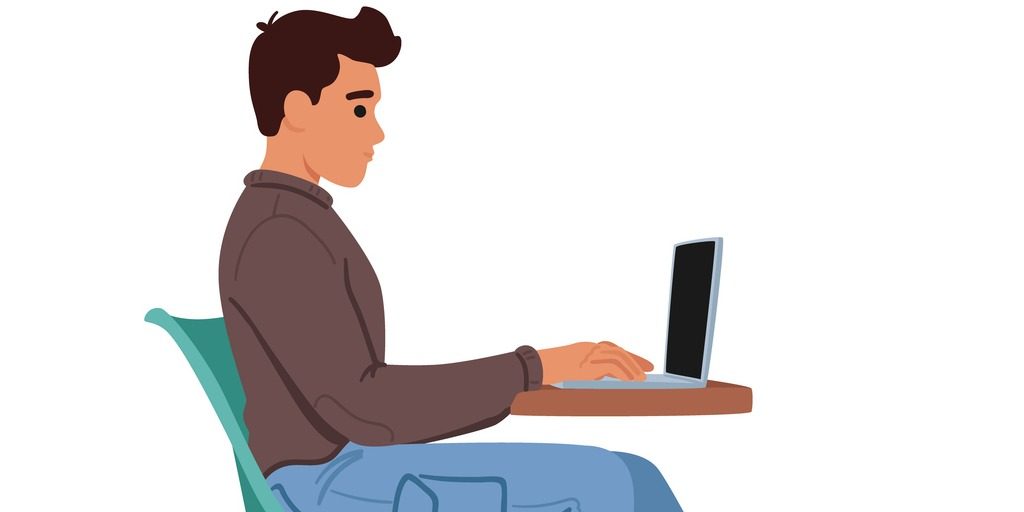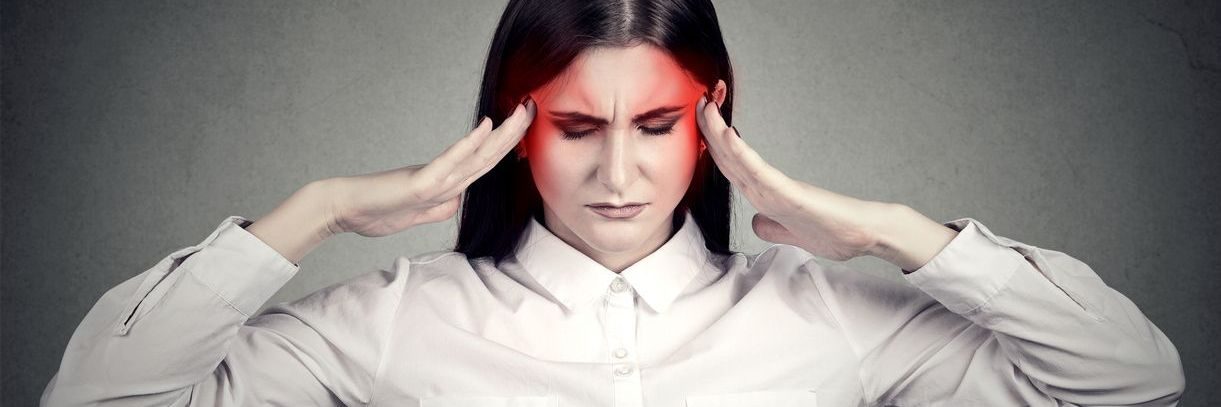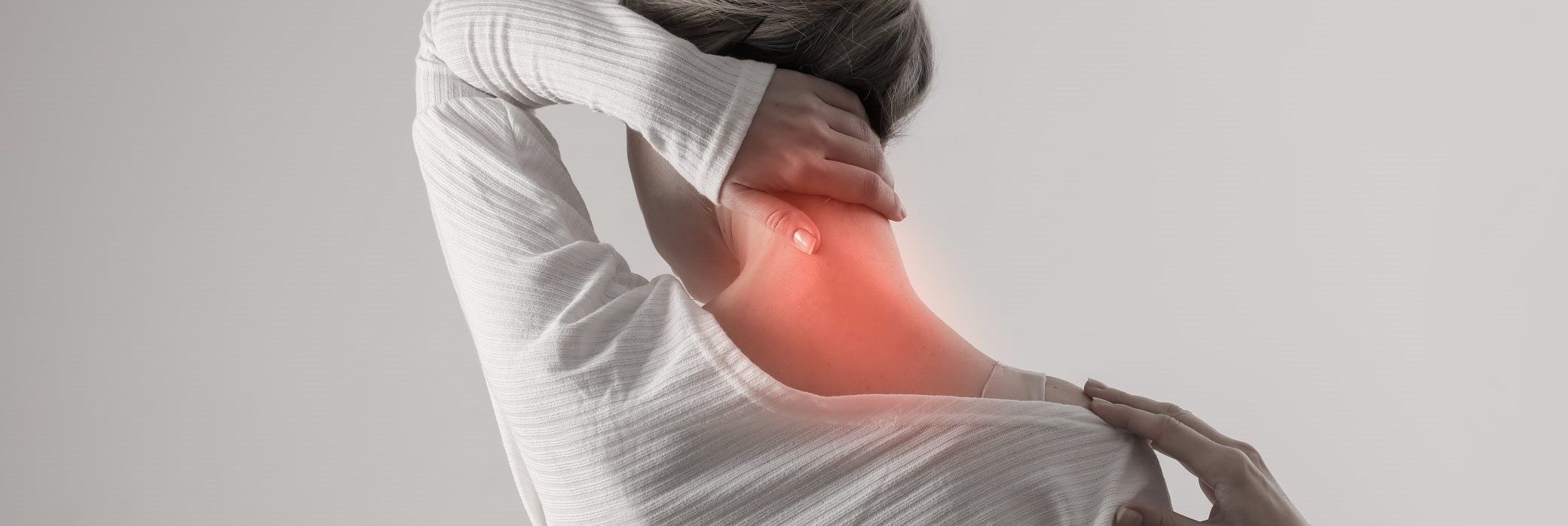Temporomandibular disorders (TMD) occur as a result of problems with the jaw, jaw joint and surrounding facial muscles that control chewing and moving the jaw.
What Causes TMD?
The cause of TMD is not clear, but dentists believe that symptoms arise from problems with the muscles of the jaw or with the parts of the joint itself.
Injury to the jaw, temporomandibular joint (TMJ), or muscles of the head and neck – such as from a heavy blow or whiplash – can cause TMD.
Other possible causes include:
– Grinding or clenching the teeth, which puts a lot of pressure on the TMJ
– Dislocation of the soft cushion or disc between the ball and socket
– Presence of osteoarthritis or rheumatoid arthritis in the TMJ
– Stress, which can cause a person to tighten facial and jaw muscles or clench the teeth
Common symptoms of TMD include:
– Pain or tenderness in the face, jaw joint area, neck and shoulders, and in or around the ear when you chew, speak, or open your mouth wide
– Limited ability to open the mouth very wide
– Jaws that get “stuck” or “lock” in the open- or closed-mouth position
– Clicking, popping, or grating sounds in the jaw joint when opening or closing the mouth (which may or may not be accompanied by pain) or chewing
– A tired feeling in the face
– Difficulty chewing or a sudden uncomfortable bite – as if the upper and lower teeth are not fitting together properly
– Swelling on the side of the face
– May occur on one or both sides of the face
– Other common symptoms of TMD include toothaches, headaches, neck aches, dizziness, earaches, hearing problems, upper shoulder pain, and ringing in the ears (tinnitis).

Osteopathic treatment for TMD:
An osteopath will aim to provide symptomatic relief of pain in the related structures of the jaw, head, neck, back & shoulders. This may allow for reflex relaxation of the jaw to settle symptoms of jaw pain and may also assist with a better nights sleep. Various osteopathic techniques help to restore normal muscular function without the use of drugs, splints or surgery.
Temporomandibular disorders (TMD) occur as a result of problems with the jaw, jaw joint and surrounding facial muscles that control chewing and moving the jaw.
What Causes TMD?
The cause of TMD is not clear, but dentists believe that symptoms arise from problems with the muscles of the jaw or with the parts of the joint itself.
Injury to the jaw, temporomandibular joint (TMJ), or muscles of the head and neck – such as from a heavy blow or whiplash – can cause TMD.
Other possible causes include:
– Grinding or clenching the teeth, which puts a lot of pressure on the TMJ
– Dislocation of the soft cushion or disc between the ball and socket
– Presence of osteoarthritis or rheumatoid arthritis in the TMJ
– Stress, which can cause a person to tighten facial and jaw muscles or clench the teeth

Common symptoms of TMD include:
– Pain or tenderness in the face, jaw joint area, neck and shoulders, and in or around the ear when you chew, speak, or open your mouth wide
– Limited ability to open the mouth very wide
– Jaws that get “stuck” or “lock” in the open- or closed-mouth position
– Clicking, popping, or grating sounds in the jaw joint when opening or closing the mouth (which may or may not be accompanied by pain) or chewing
– A tired feeling in the face
– Difficulty chewing or a sudden uncomfortable bite – as if the upper and lower teeth are not fitting together properly
– Swelling on the side of the face
– May occur on one or both sides of the face
– Other common symptoms of TMD include toothaches, headaches, neck aches, dizziness, earaches, hearing problems, upper shoulder pain, and ringing in the ears (tinnitis).
Osteopathic treatment for TMD:
An osteopath will aim to provide symptomatic relief of pain in the related structures of the jaw, head, neck, back & shoulders. This may allow for reflex relaxation of the jaw to settle symptoms of jaw pain and may also assist with a better nights sleep. Various osteopathic techniques help to restore normal muscular function without the use of drugs, splints or surgery.






